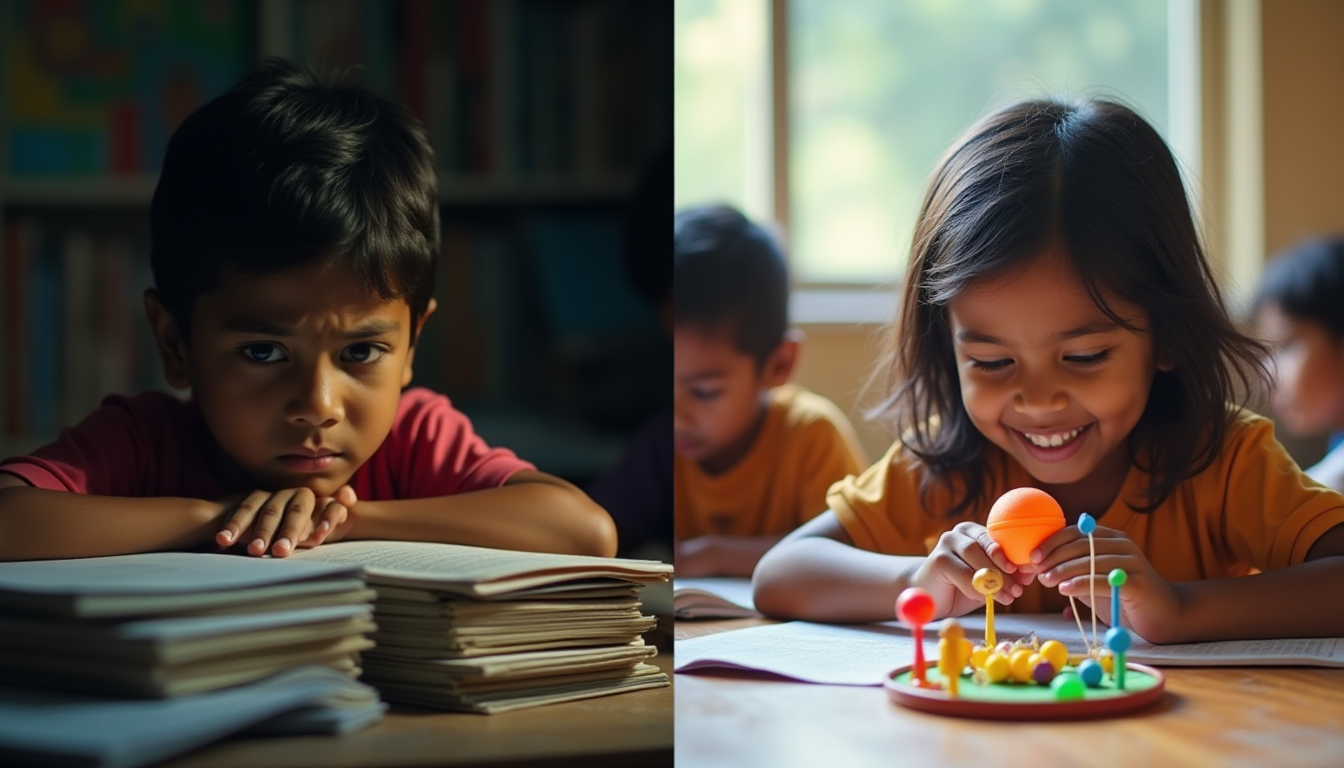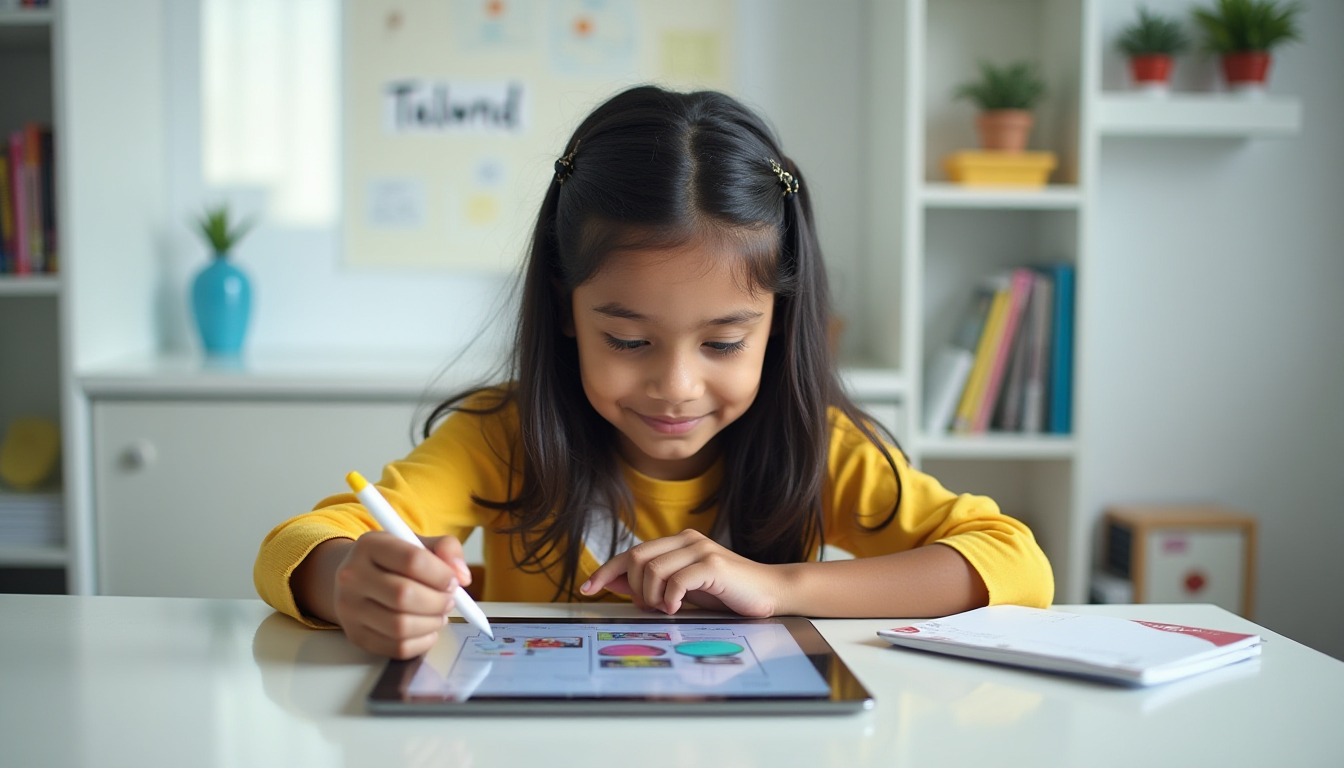Are Your Kids Learning or Just Scoring Marks?

We’ve all been there. We see our children solving a puzzle, answering a question correctly, or acing a test, and we feel a surge of pride. But what if I told you that getting the right answers doesn't always mean real learning is happening?
Imagine this: you buy your daughter a colourful puzzle to help her learn new words. She quickly matches all the pieces. You're impressed with her speed. But when you ask her how she's doing it, she says, "I'm just matching the colours, Papa!"
This is a classic example of what’s happening in many Indian homes and schools. Our children are becoming experts at finding shortcuts to "correct answers" without understanding the actual concepts. They are learning to score, not learning to think.
The Problem with "Good Grades"
In India, we are obsessed with marks. From the pressure of 10th and 12th board exams to the race for competitive exams like JEE and NEET, our education system often rewards memorization over understanding. This is often called "rote learning." Students who can memorize and reproduce information are considered "bright," but this creates a dangerous illusion.
They might feel confident because they are scoring well, but this is a "performance confidence," not real competence. The problem is that this method of learning doesn't build the critical thinking and problem-solving skills our children need for the real world. When they face a situation that's not in their textbooks, they struggle.
This focus on surface-level learning – like matching colours in a puzzle – doesn't create lasting knowledge. It's like building a house on a weak foundation. It might look good from the outside, but it can crumble under pressure.
The Shift to "Real Learning"
So, what's the solution? The answer lies in shifting our focus from "scoring" to "learning." We need to encourage our children to think, to question, and to understand the "why" behind the "what."
This is where activity-based learning comes in. It’s a simple idea: children learn best by doing. Instead of just reading about a concept, they experience it.
Here are some simple ways to bring activity-based learning into your child's life:
- For Math: Instead of just solving problems in a notebook, use everyday objects. Let them count vegetables, measure ingredients while cooking, or learn about shapes through a game of carrom.
- For Science: Simple home experiments can make science fun. Sprout a seed in a jar, make a simple circuit with a battery and a bulb, or observe the birds in your balcony.
- For Language: Encourage storytelling. Ask them to create their own stories or retell a story they've heard. This builds creativity and improves their language skills.
The good news is that even the government is recognizing the need for this change. The National Education Policy (NEP) 2020 talks about moving away from rote memorization and focusing on experiential and critical thinking.
The Takeaway
As parents, we need to change our mindset. Let's celebrate our children's curiosity as much as we celebrate their marks. Let's encourage them to ask questions, even if it means they make mistakes. Because real learning isn't about getting all the answers right. It's about the thinking that happens when you're trying to find the answer.
So, the next time you see your child working on something, ask them not just "What did you do?" but "How did you do it?" and "What did you learn from it?" That's how we'll raise a generation of thinkers and innovators, not just toppers.





